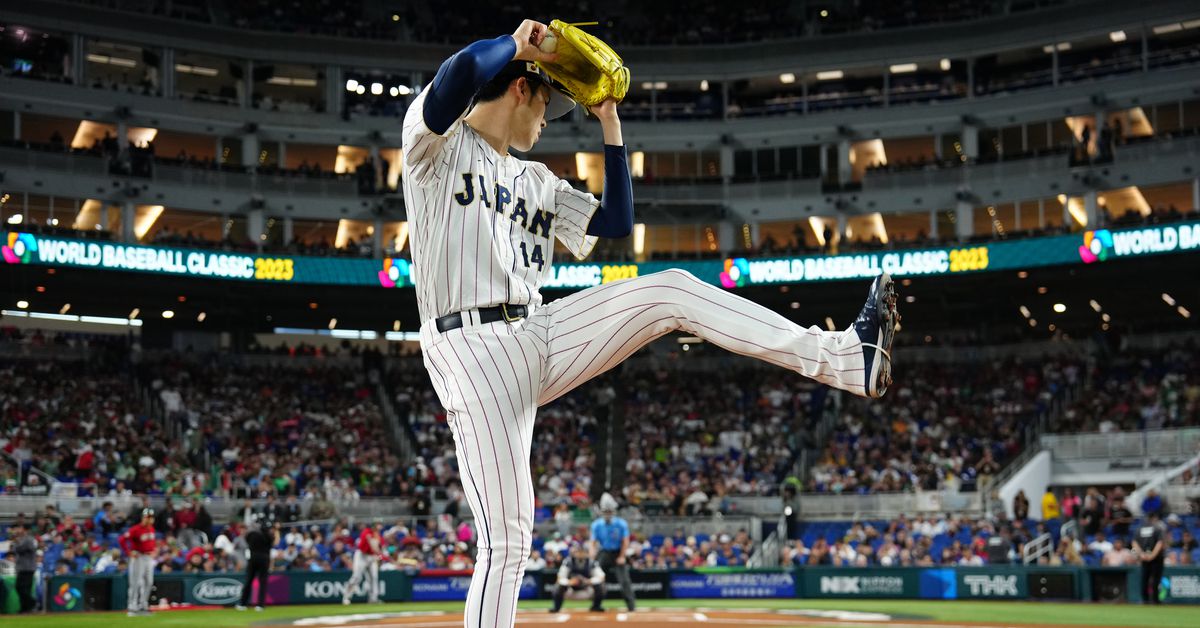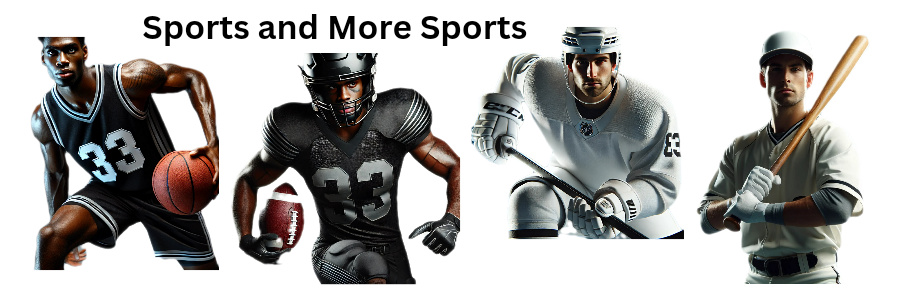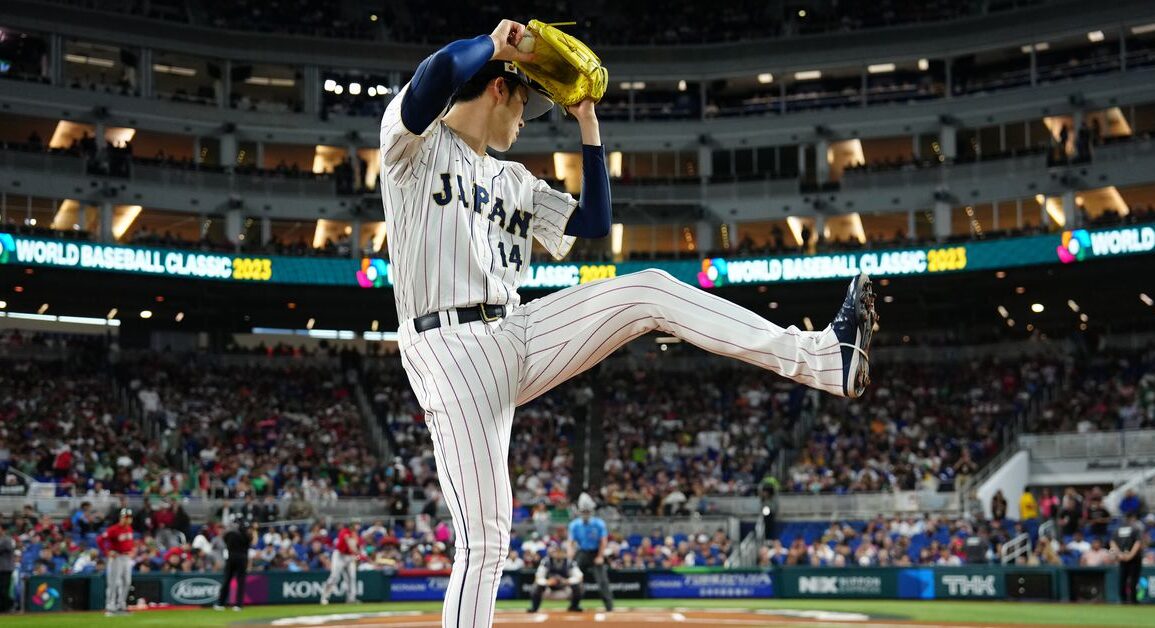
By now, you’ve heard about Japanese star righthander Roki Sasaki signing with the Dodgers.
It does seem like a foregone conclusion, doesn’t it? All of the meetings with other teams and travel to some cities besides Los Angeles seem like the proverbial dog-and-pony show, and why put us all through that if that’s where he was going to go anyway?
While the Cubs might have been an afterthought in this situation, they really shouldn’t have been. The Cubs have been hospitable for Japanese players going all the way back to the signing of Kosuke Fukudome in December 2007. The Cubs have two fairly big Japanese stars on their roster right now in Shõta Imanaga and Seiya Suzuki, though those are not names as big as Sasaki and Shohei Ohtani. It should be fun to watch Imanaga pitch against one of his countrymen in the Tokyo Series in March, though. At this writing it doesn’t appear the Dodgers will allow Ohtani to pitch in Tokyo, so he’ll be limited to DH’ing in the Tokyo Series.
What this is reminding me of is the Yankees’ utter dominance of all of baseball from the mid-1930s through the early 1960s. From 1936-64, that’s 29 seasons, the Yankees won 22 pennants and 16 World Series. It got to the point that a Yankees crony, Arnold Johnson, wound up buying the A’s and made lopsided trades that sent players like Ryne Duren, Hector Lopez, Bobby Shantz, Ralph Terry, Clete Boyer and Roger Maris to New York for almost no return. Those were all key players for the Yankees winning seven pennants in the eight seasons from 1957-64. In the pre-free agency era, this was a way for the Yankees to amass talent in a way similar to what the Dodgers are doing now.
There were teams that had no chance to win in that era, including the Cubs, but also the Phillies (seven 100-loss seasons between 1936-45), Athletics (seven 100-loss seasons between 1936-56) and St. Louis Browns (squeezed out one AL pennant in the war year of 1944 but otherwise were just awful from 1930 until they moved to Baltimore in 1954).
The same thing is happening now. Teams like the Rockies, Marlins, White Sox, perhaps others, seem destined for decades of failure unless the playing field gets leveled. It’s not good for baseball for ALL the star players to be on the Dodgers.
And that’s essentially what’s happened over the last several seasons. Ohtani, Mookie Betts, Freddie Freeman, Sasaki and oh yes, this just happened Sunday:
BREAKING: Tanner Scott and the Dodgers have agreed to a four-year, $72 million deal, per source.
— Mark Feinsand (@Feinsand) January 19, 2025
One of the ways to stop this would be a salary cap. Of course, MLB players will resist this, as they have for decades, and they’d be right — unless a cap also comes with a salary floor, which would force teams that don’t spend to do so. Ultimately, players and owners could negotiate a specific percentage of overall MLB revenue that would go to player payroll, and then a floor and cap could be set from those. At that point, the playing field would be leveled, or at least more level than it is now, and after that it would be up to savvy team baseball management departments to put together winning teams — not just Andrew Friedman of the Dodgers spending all the money just because he can.
There’s an interesting article on this topic today at MLB Trade Rumors and it’s worth reading.
Maybe you don’t like the idea of a salary cap and floor. So perhaps MLB could adopt an NBA-style system, where there’s a cap but there are exceptions and “Super Max” contracts. Obviously this would have to be tailored to what MLB is, since the rosters are twice the size of NBA rosters.
This is why I continue to believe that the next collective-bargaining agreement between MLB and the MLB Players Association will be among the most important, if not THE most important, since collective bargaining began more than 50 years ago. It could get contentious. It almost certainly will result in another lockout after the 2026 season. And then we’ll see the direction baseball will take going forward.
As always, we await developments.
Poll
What is the best salary/payroll system baseball could devise going forward?
-
0%
Don’t change anything, it’s working fine the way it is
(0 votes)
-
0%
A salary cap system along with a salary floor
(0 votes)
-
0%
A salary cap system without a salary floor
(0 votes)
-
0%
An NBA-style system with a cap but exceptions and “Super Max” style contracts
(0 votes)
-
0%
Something else (leave in comments)
(0 votes)
0 votes total
Vote Now
This post was originally published on this site be sure to check out more of their content.



